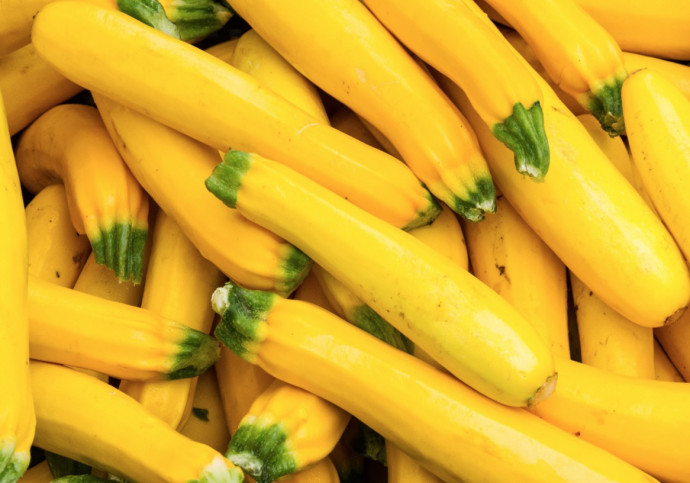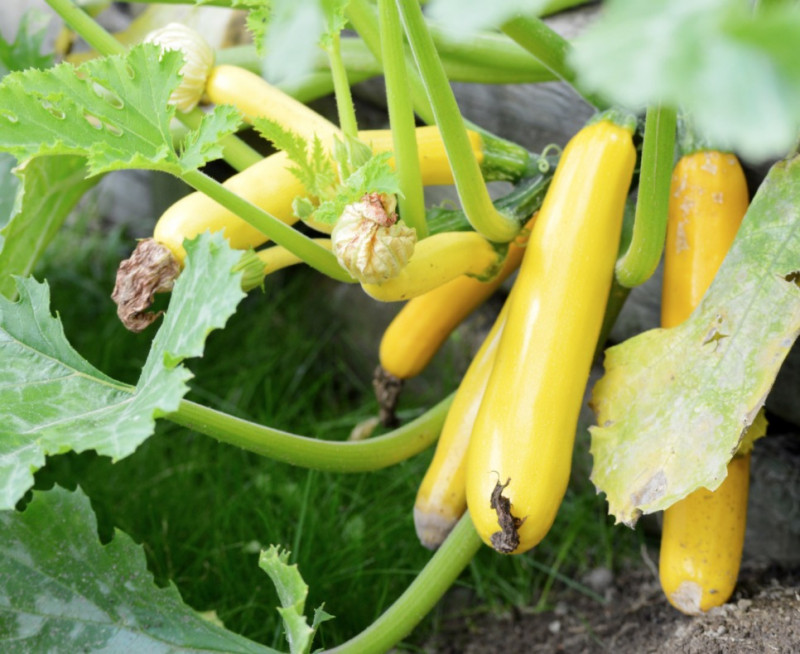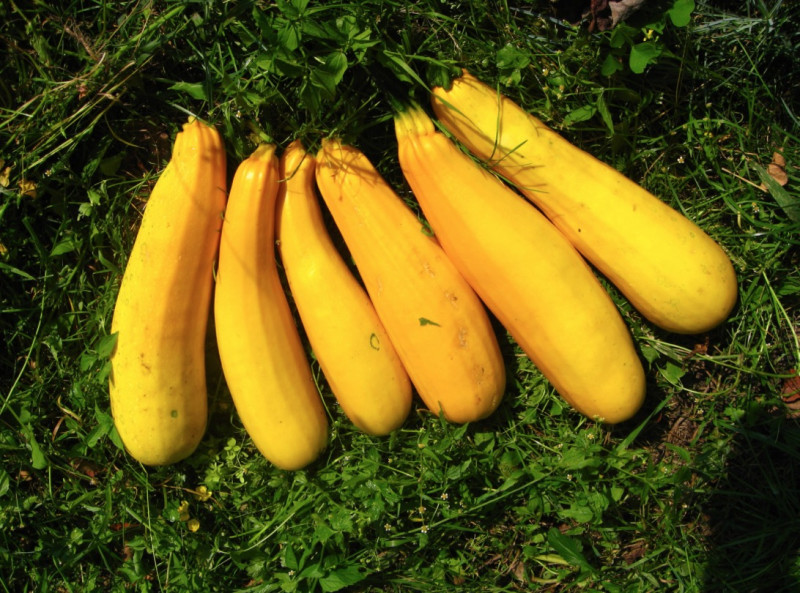How to Grow and Care for Yellow Squash

Yellow squash, named for their slightly curved necks, are easy to cultivate in the vegetable garden. The warm-growing plants grow quickly and have large leaves with small, sticky spines and a bushy habit. Their yellow fruits, which form under the leaves, can have a smooth or bumpy skin. For best flavor, pick them when they are small and tender. The plants are so prolific that one or two are usually enough to feed a family. Today I’d like to share with you the comprehensive guide of how to grow and maintain the Yellow Squash in your garden.
Yellow squash are best grown from seeds planted directly in the ground. They like loose, moist, fertile soil, but can grow in almost any type of soil. They need warm temperatures to bear fruit.
These fast-growing plants can spread 3 to 4 feet with leaves that are 1 to 2 feet wide, so give them plenty of room. Learn about your variety and place your seeds or transplants as indicated on the plant label. Thin out the seedlings as directed.
Because they are bush plants, pumpkins do not need to be staked and can be grown in large containers or in the ground. However, you can place cages around the garden plants to prevent the leaves from falling over in bad weather. The fruits usually ripen in 45 to 55 days. Keep them picked, and the plants will bear until frost.

Easy
Yellow Squash needs 6 to 8 hours per day of full, bright sun to bear fruit. Plants can be grown indoors in large containers with drainage holes and well-draining potting soil, near a bright, sunny window, or under grow lights.
Soil
These plants like a soil pH of about 6 to 6.8 They also need an organic- rich soil that drains easily. When planting in the ground, loosen the soil and remove sticks and other debris. Improve the soil by incorporating 3 to 4 inches of compost, leaf mulch or other organic material. Crocuses can be planted in raised beds or containers in good quality, packed potting soil. You can also make your own container soil.
Water
Yellow squash plants like it moist, but not wet. When precipitation fails, water deeply with 1 to 2 inches of water per week. Avoid getting water on the foliage, which makes it susceptible to disease and attractive to pests. Water early in the day to allow damp foliage to dry before dark. This also helps the roots absorb the water instead of losing it through evaporation. Plants grown in containers usually need to be watered more frequently than plants grown in the ground.
Temperature and Humidity
Yellow squash grows best at air temperatures of about 65 to 75 degrees Fahrenheit. They grow slowly or stop growing at temperatures below 60 degrees F. At temperatures of 85 degrees F. and above, they produce less fruit and grow more slowly. While the plants tolerate high humidity, it can promote fungal diseases.
Plants grown in containers can be brought indoors during periods of extreme heat and humidity, although they still need six or more hours of bright light daily, as well as good air circulation and adequate water and fertilizer.
Fertilizer
For best results, test your soil to determine what kind of fertilizer or amendments you need to grow squash, or ask your local extension agent to test a soil sample for you. These plants are heavy feeders and need to be fertilized regularly. Use a balanced formula such as 10-10-10 as indicated on the label. Do not add extra nitrogen which will encourage leaf growth at the expense of flowers and fruit.
Common Pests and Diseases
Yellow squash is often plagued by squash bugs, cucumber beetles, squash vine borers, slugs and slugs. Sap sucking aphids and whiteflies are also common pests.
Diseases include squash blossom disease, bacterial cucumber wilt and mosaic virus.
Check your plants frequently to manage problems before they become serious. Rotate crops in the Cucurbit family, which includes crookneck squash plants, every three years.


In your petite dresses, how can I make sure it is really petite when ordering?